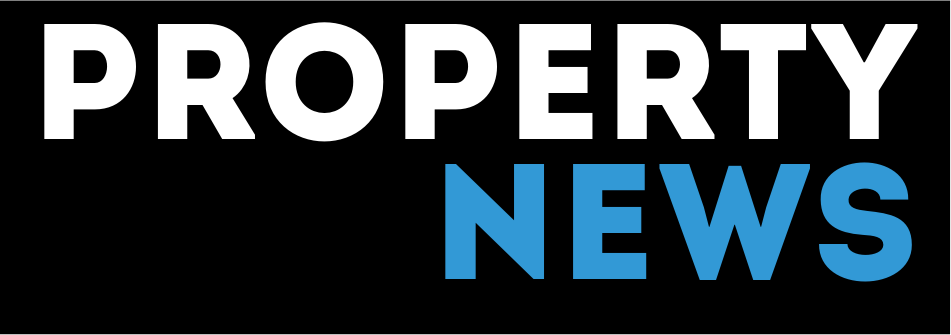The quarter started on a positive note, with an elevated degree of business optimism following December’s decisive general election result, prior to the rapid escalation of the COVID-19 crisis, according to Carter Jonas's Q1 2020 Office Market Outlook Snapshot.
Despite the increasingly challenging business environment, take-up across the Commercial Edge cities totalled 950,000 sq ft in Q1 2020. This was only 14% below the quarterly average over the previous five years, and only 5% below the 10-year quarterly average.
There was considerable variation between locations, however. Birmingham was the standout market in Q1, with lettings totalling 379,000 sq ft, 25% above the quarterly average over the previous five years. This figure was boosted significantly by BT’s 283,000 sq ft pre-let at Three Snowhill for its new Birmingham hub. This was the city’s largest ever single office letting.
Bristol also fared well in Q1, with take-up totalling 249,000 sq ft, in line with the five-year quarterly average and 10% higher than the 10-year average. The standout letting was 74,000 sq ft to lawyers Osborne Clarke, who took a pre-let at Halo in Cubex’ Finzels Reach scheme. The city centre continued its dominance, accounting for 82% of take-up over the quarter.
Data from MSCI Monthly Index reveals a slowdown in average office rental value growth in Q1. The UK office market outside of central London saw average rental values rise by 0.7%, only a modest deceleration on the 1.0% in Q4, but still slowest rate of growth since last August.
The value of office investment transactions outside of the Greater London market was £910 million in Q1, 45% below the quarterly average over the previous five years, and was the lowest figure recorded over that period (although only a little lower than in the post-EU referendum turmoil of Q3 2016).
Taking the overall UK investment market, overseas buyers accounted for 38% of the total value transacted, only slightly down on the previous quarter. Over the previous five years, overseas investors accounted for only a quarter of the total value of purchases.
Clearly, the picture will be very different in Q2. Nearly a quarter of UK employees are now officially furloughed, and with both the demand and supply sides of the economy in sharp contraction, output will fall by a record amount.
This unprecedented shock, and uncertainty around the shape of the recovery, will see a record low level of take-up in Q2, with market activity focused on lease re-gears, although some transactions are still progressing. Many occupiers will also be assessing their longer-term property strategies - the COVID-19 crisis will have lasting implications on the quantity and nature of space leased by corporates.

